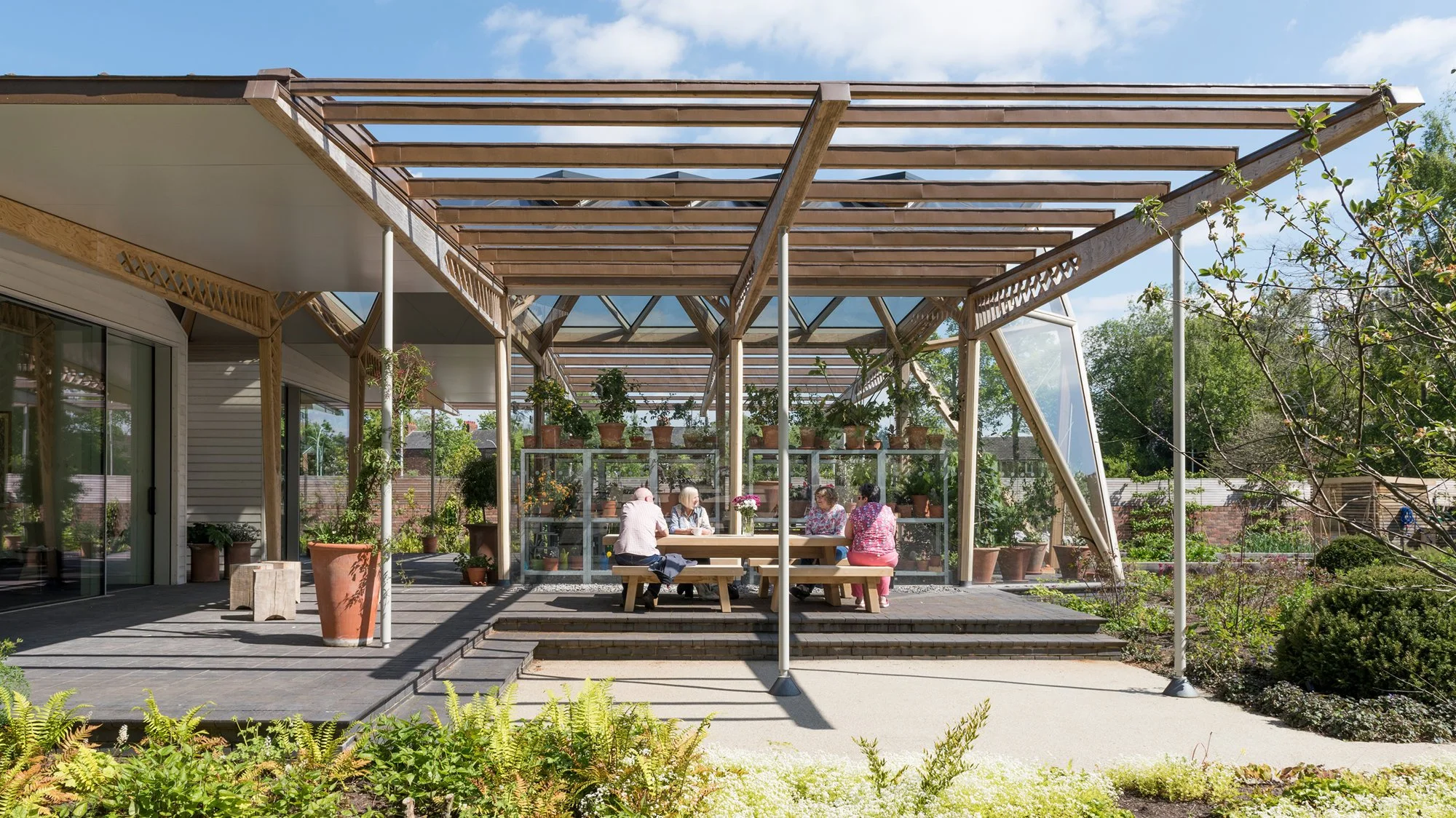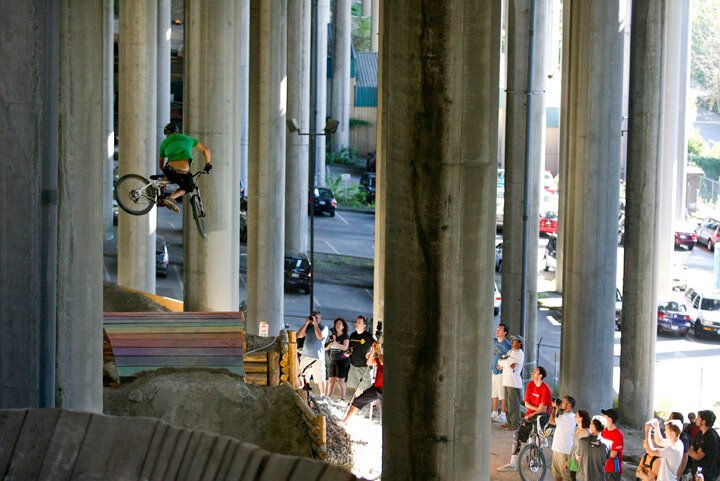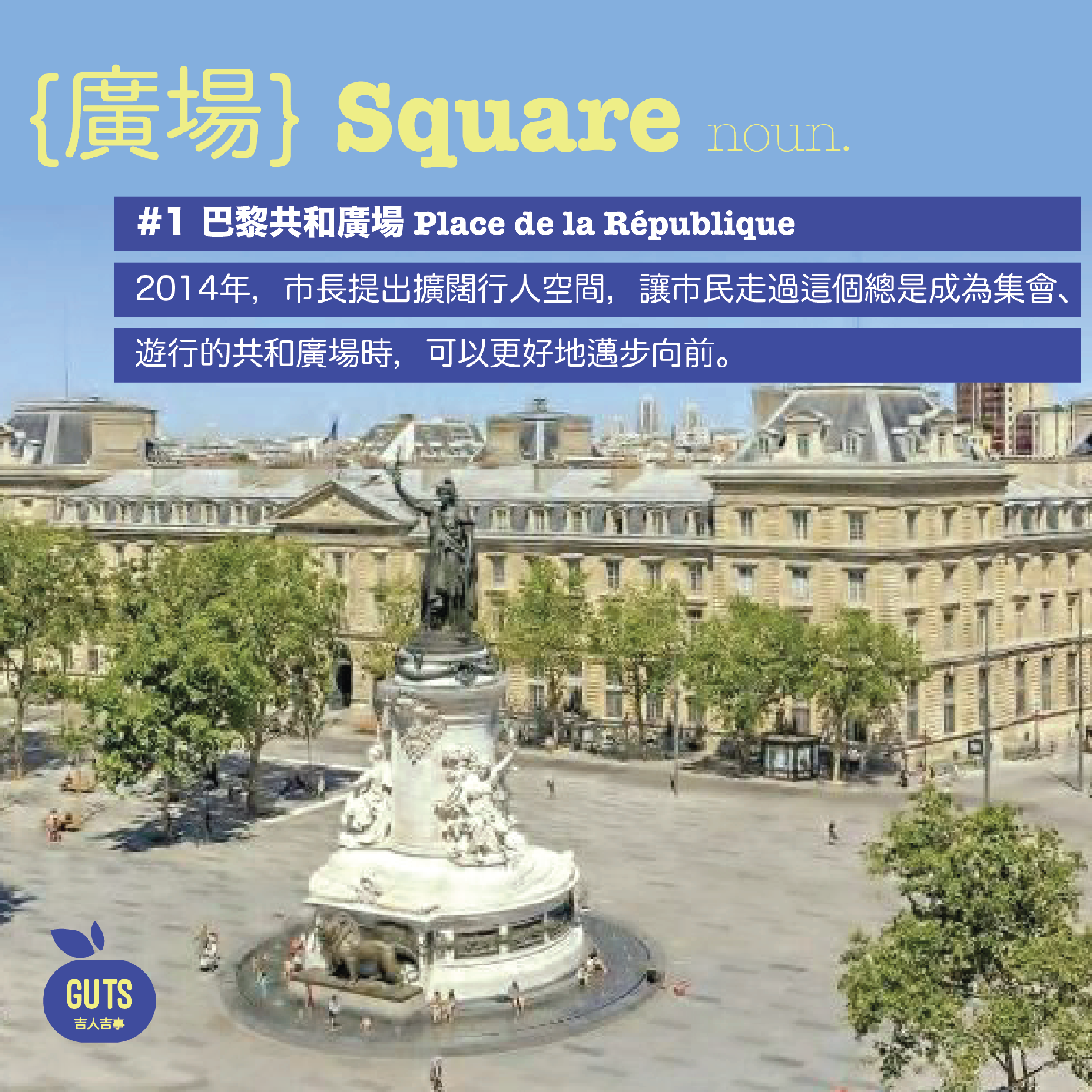監獄設計人性化 大大減低重犯率|Humane prison lowers recidivism

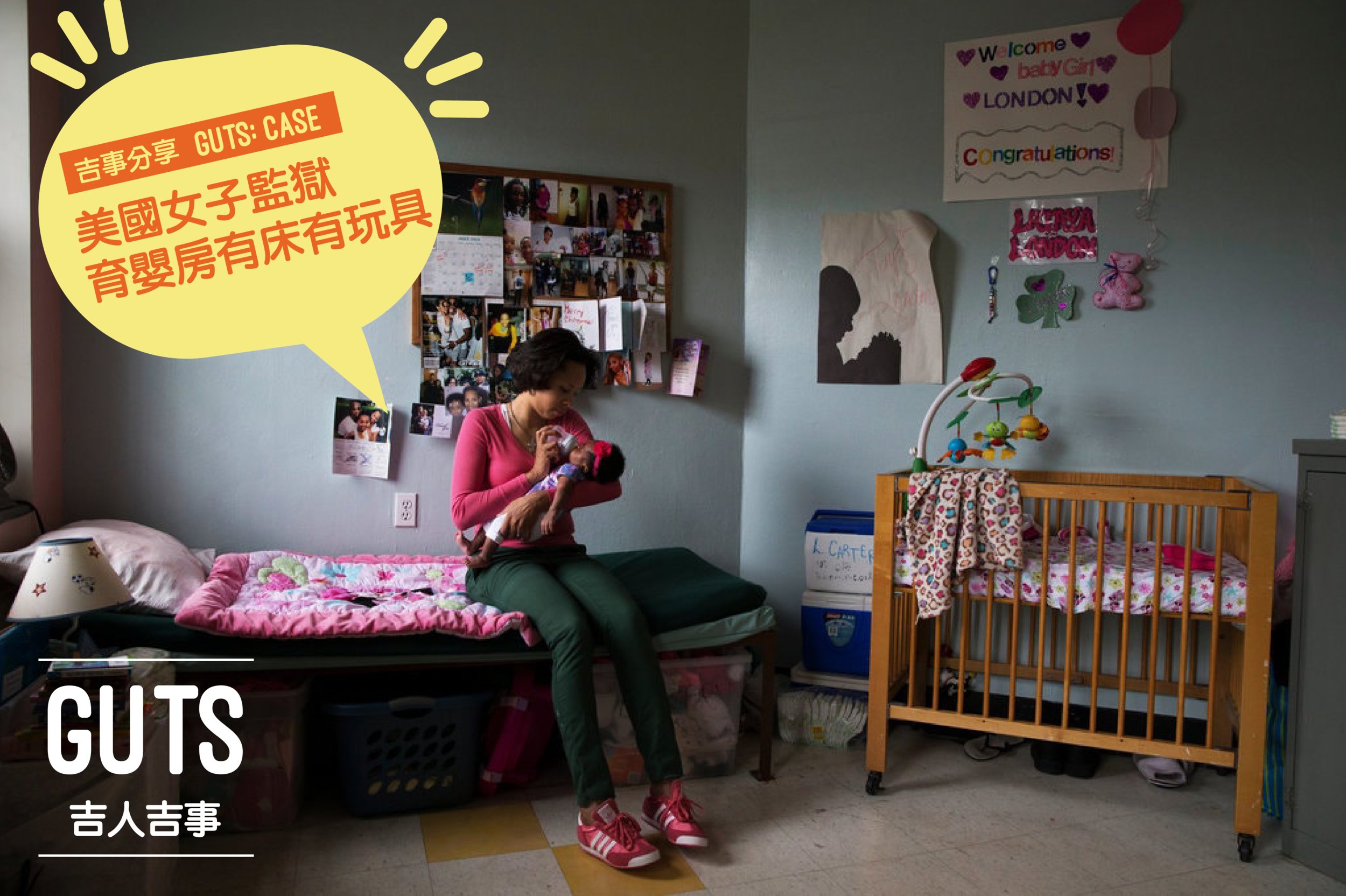
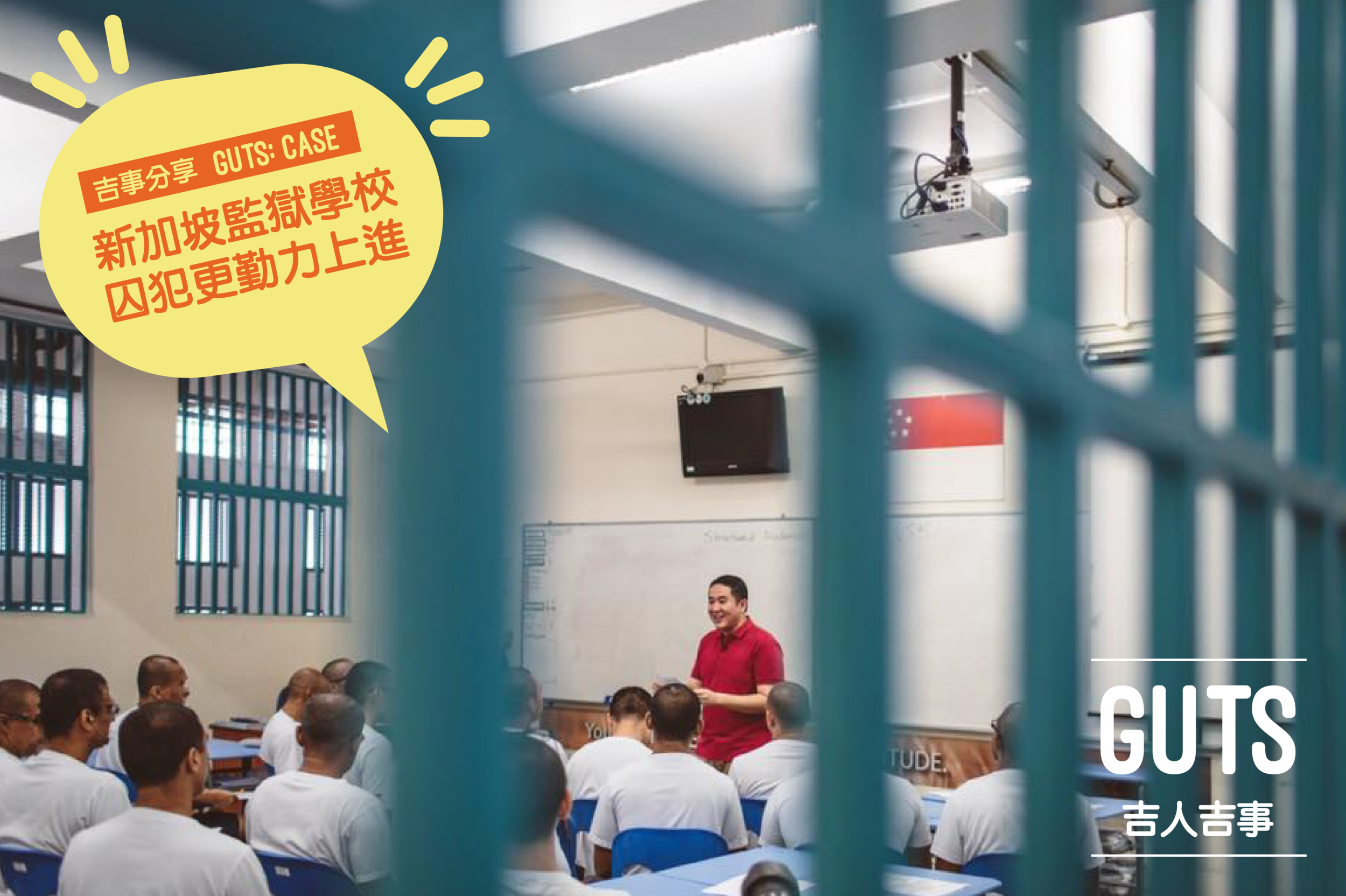
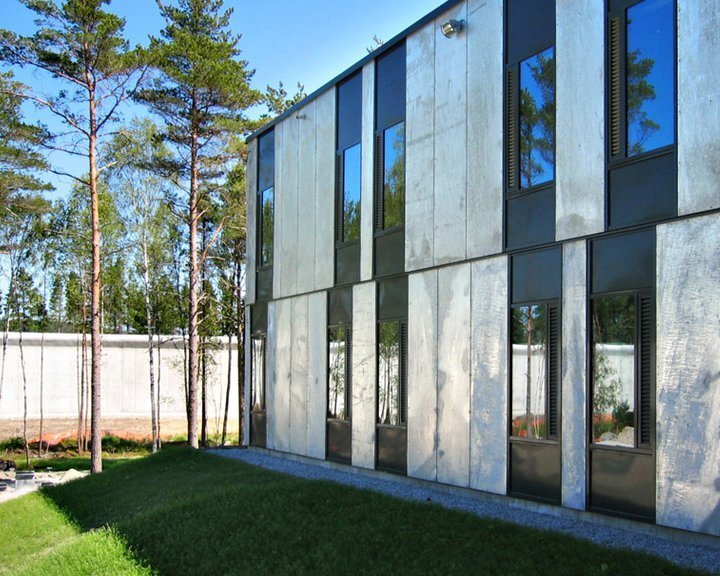
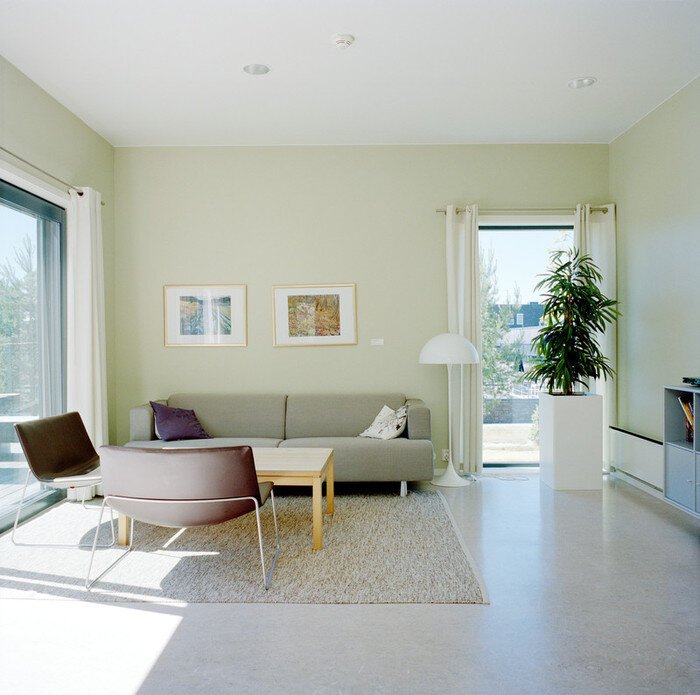
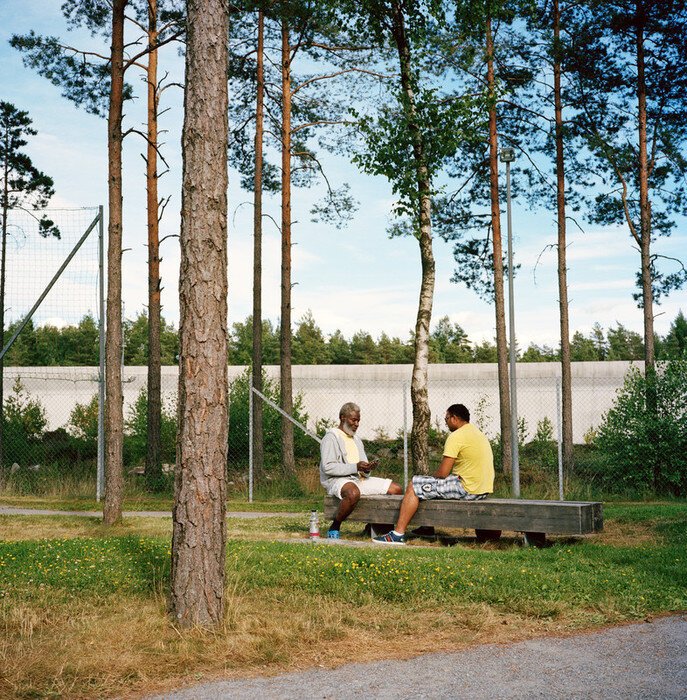
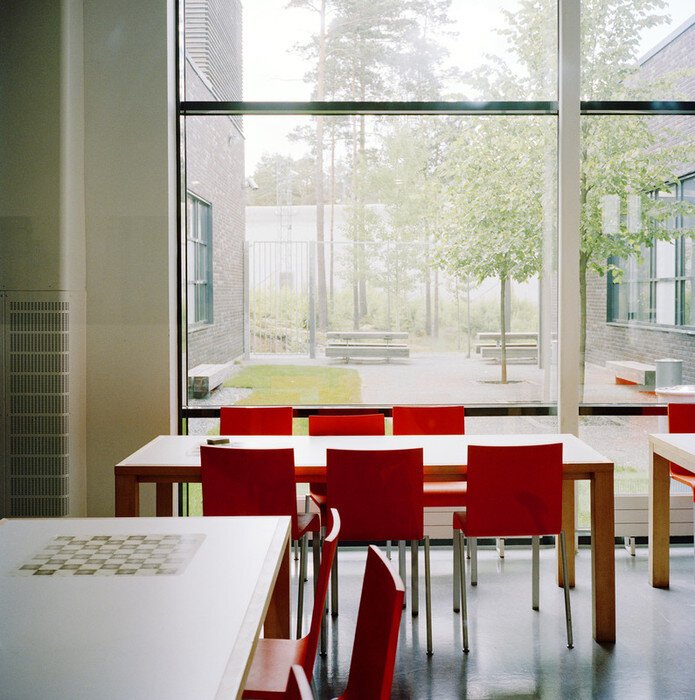

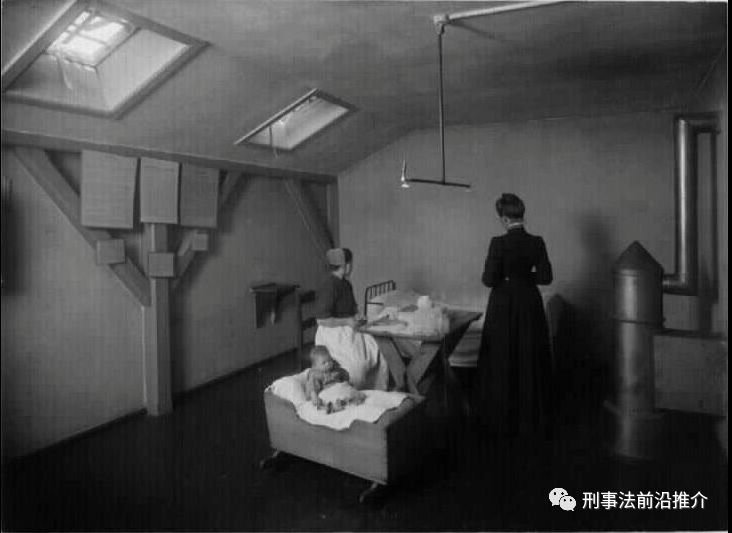
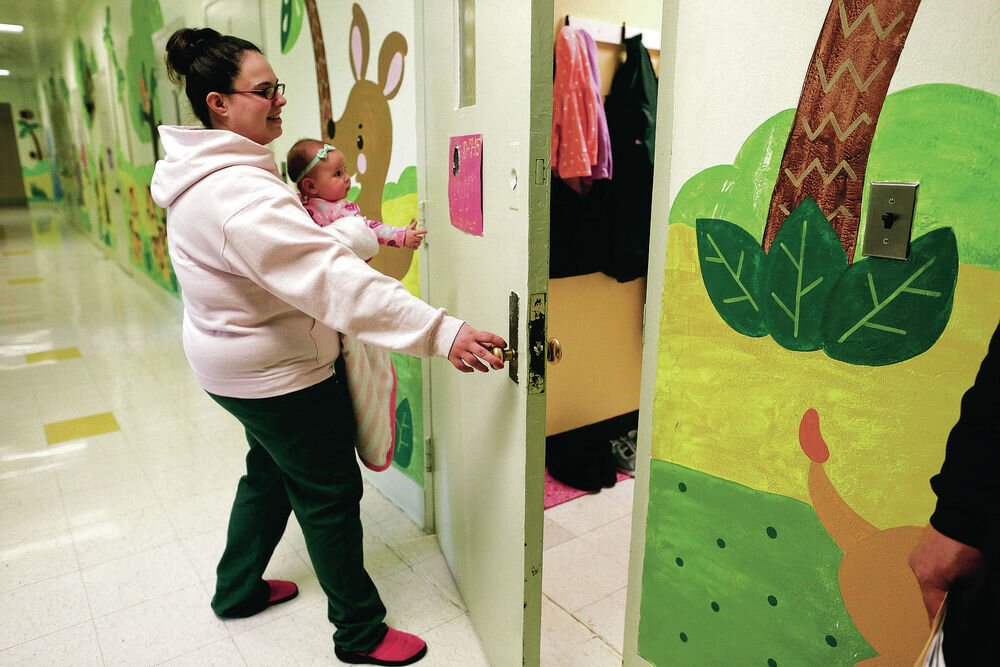

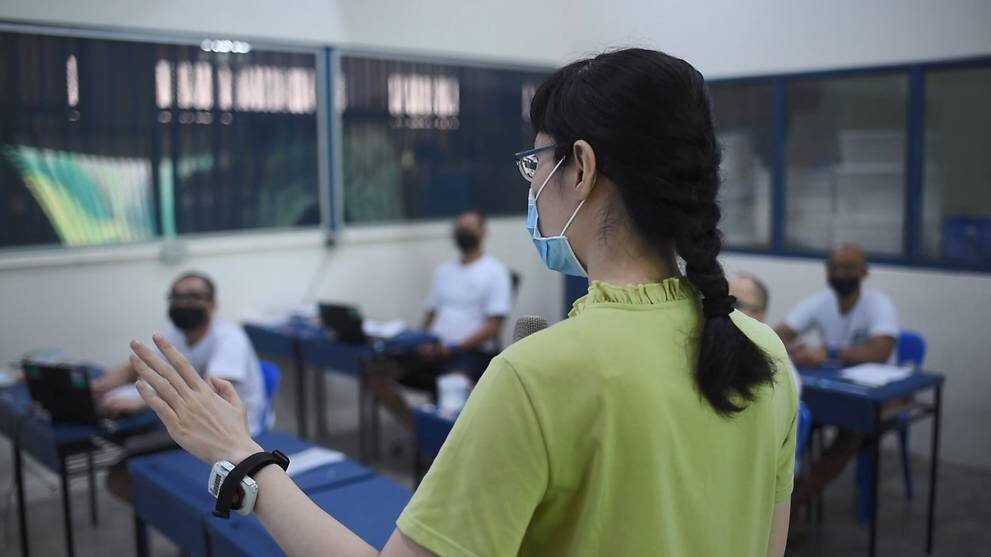
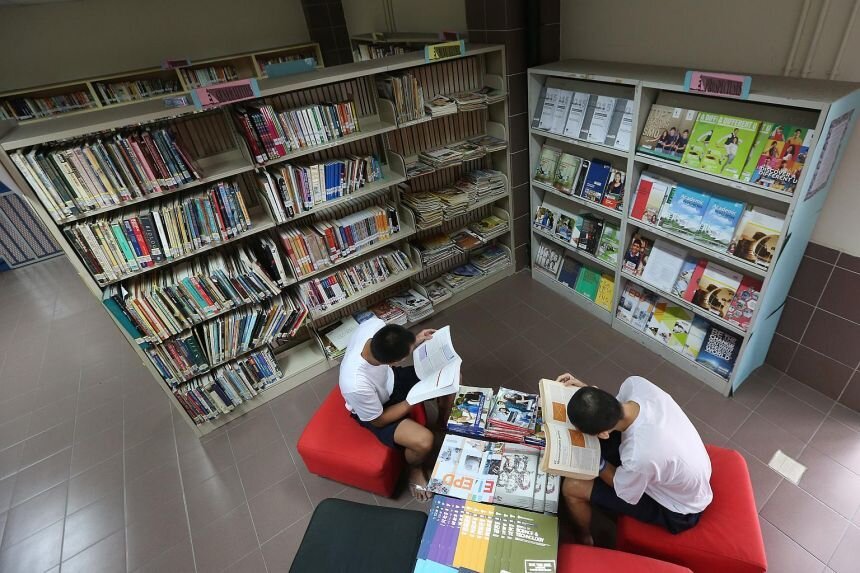
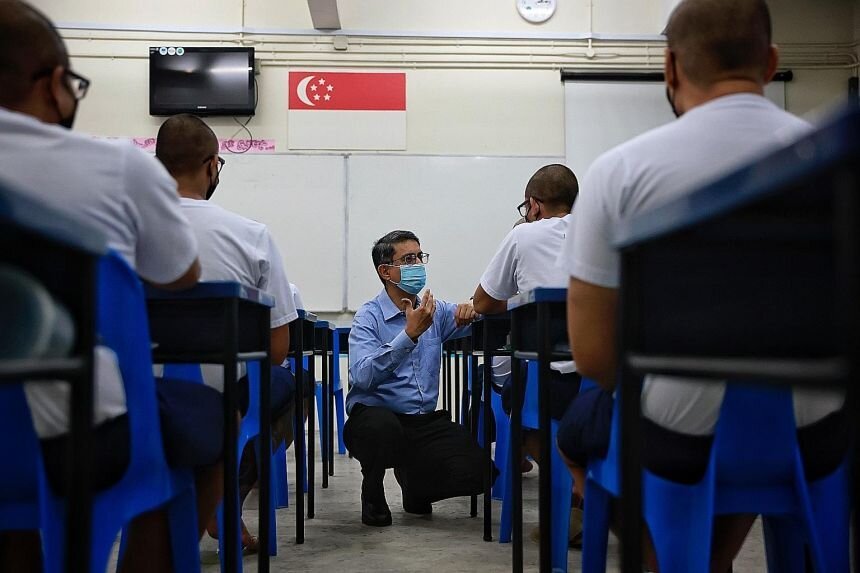
以公共建築的層面探討監獄設計,吉人們想必會問的問題是:怎樣才是一個好的監獄設計?
差不多一個世紀之前,香港原來也出現過享譽國際的好監獄——1932年,荔枝角女子監獄落成,這座全港第一座女子監獄環境及設施完善,除了囚室,還有小醫院及懷孕女犯的倉房,被譽為當時的「模範監獄」;及後,1937年的赤柱監獄,作為高度設訪、可容納1500囚犯的監獄,也被譽為「全英帝國最好的監獄」。
不過,時至今日,我們談起監獄,很少人會再提起它們作為例子;所謂好的監獄設計,隨著時代轉變而有不同的定義。相比當年囚犯數目遞增、政府需要興建更有成本效益的監獄,現代社會對於如何對待囚犯的觀念已有所轉變。吉人反思,把違法的人送到監獄,目的是什麼?懲罰,抑或改造?如果,監獄未必是犯罪者的最佳出路,相比懲罰囚犯,愈來愈多地方是更重視教化囚犯,香港監獄署在1982年易名為「懲教署」就是一個例子。
既然愈建愈多監獄,社會成本也愈大,倒不如想方法減少出獄後重犯的機會。近年,北歐國家發現,監獄建築設計愈人性化,原來可以大大減少重犯率!
1. 挪威哈登監獄
贏得不少設計大獎的哈登監獄,整個建築群並不像傳統監獄,而更像大學校園:長長的圍牆沒有鐵絲網或電網,但有大樹與草地;內部設計則像青年宿舍,色調不再灰沉,還講究顏色配搭,每個囚犯都有單獨囚室,囚室各有獨立的浴室、冰箱、桌、電視機,而公共空間則有梳化、茶水、咖啡等。
不止香港人看不慣,不少外國媒體也覺得新奇:看似度假村的監獄,究竟是怎樣的概念?1990年代初,挪威監獄和教改部門大改革,把焦點從一直以來的「懲罰」移至「教育改造」,不止監獄職員的角色,由獄警、獄卒,變成管理者、輔導者、教育者,甚至成為囚犯的好榜樣。監獄的設計,也盡量不像監獄,減輕被囚禁的感覺,挪威監獄部門認為,讓囚犯有正常生活的感覺,有助他們出獄後回到正常生活。「如果我們在獄中對待囚犯像畜牲一樣,那我們就是把一些畜牲釋放到社會上去了。」
那麼,變革有效嗎?且讓數字說話:在英國,罪犯出獄後重犯的比率大約是50%;而挪威則由原本的60%至70%,改革後,大大減少至約20%。
2. 美國貝德福德山監獄
另一種有助減低重犯率的監獄設計,是在監獄裏建設育嬰設施——1901年落成的貝德福德山監獄,是全美國最早設有育嬰設施的監獄。懷孕的女囚犯,經過相關部門考慮她們犯下的罪行嚴重性等因素,決定是否讓囚犯在監獄內育養嬰兒,嬰兒一般可逗留一年左右。發展至今,美國共有8間可以育兒的女子監獄,育嬰設施一般與監倉分開,獨立的育嬰室牆壁髹上顏色,有些母親掛起家庭照片,有些嬰兒床則放了毛公仔,旁邊有玩具;母親也可使用特設的廚房,煮嬰兒食物。
監獄裏設有育嬰設施,多年來仍然有不少非議,例如有人認為這造成囚犯的差別待遇,也有組織認為嬰兒要在監獄長大是侵害了兒童權利。不過,在減低重犯率方面,這方法是有一定成效,在貝德福德山監獄進行的研究結果反映,出獄3年內,一般女囚犯的重犯率為26%,但在監獄裏有育嬰紀錄的女囚犯,重犯率則只有13%。
3. 新加坡的監獄學校
2000年,新加坡建立首間監獄學校,讓囚犯在獄中接受正規教育。根據一些媒體的報導,監獄裏的課室,除了門窗有鐵欄,其他基本設施都齊備,例如有白板、有桌椅、有投影機、有教科書,每個學生有一部不能傳送電郵的手提電腦,課後學生可帶教科書回囚倉。當地政府認為,讓囚犯有裝備技能的機會,有助他們建立出獄後的生活,同時對未來生活有憧憬。一個監獄教師曾分享說:「我看到教育為學生提供了一個改變生活的機會。這是一個社會均衡器。對於囚犯來說,這有助於他們為自己和家人建立一個更美好的未來;在他們獲釋後成為更負責任、更有韌性和更有價值的社會成員。」
相片來源:網上圖片
地點 : 挪威, 美國, 新加坡
Humane prison lowers recidivism
Any discussion about prison design from a public building perspective often starts with what makes a good prison design.
Almost a century ago, Hong Kong was world-renowned for a well-designed prison – the 1932 Lai Chi Kok Reception Centre, known as a ‘role model for prisons’ back then, was Hong Kong’s first facility for adult female inmates equipped with dormitories, a small hospital and accommodation for pregnant inmates. Completed several years later, the 1937 Stanley Prison was a maximum-security facility for up to 1,500 inmates, renowned as one of the finest prisons in the British Empire.
To this date, these buildings are rarely mentioned as we talk about good prisons, for the definition of a good prison has evolved. Back then, the government aimed for cost-effective facilities to cope with the rising number of prisoners, and the general conception about how prisoners should be treated has changed.
Do we send offenders to jail as punishment or as a correction? More and more people believe that keeping offenders behind bars is probably not the best idea. So, we have seen a rising belief in the importance of correctional services, proven by the renaming as Hong Kong Correctional Services Department in 1982.
The more prisons there are, the higher the social cost. Therefore in recent years, Nordic countries focus on reducing recidivism, hence the rise of more humane prison designs.
1. Halden Fengsel, Norway
The award-winning institution doesn’t quite align with our general impression of prison; it looks more like a university campus. Barbed or electric wires are nowhere in sight, and the high walls only frame trees and lawns. With a resemblance to a youth hostel, the interior environment boasts a vibrant colour palette. Every inmate is entitled to an individual cell fully equipped with an individual bathroom, fridge, desk and a television. The common area provides upholstered seats and a nice pantry.
If you find this bizarre, you are not alone! The international press also wonders why the design of this prison is so… resort-esque.
Back in the early 1990s, Norway implemented a radical reform over its prisons and correctional services, shifting the purpose of their work from ‘punishment’ to ‘educational correction’. As a result, everyone from correctional officers to jailors is no longer just supervisors of inmates; they also take up the roles of mentors, educators and even role models. In addition, the new facility design made every attempt to eliminate the feel of prison and confinement. Giving inmates a normal living environment, the Norwegian Correction Service believes, can help them get back to normal life as they are released. “If we treat inmates like animals in prison, we will release animals onto your street.”
So how is it working for Norway? Let figures do the talking. In the UK, the recidivism rate is about 50%. In Norway, the rate went from the pre-reform 60-70% to 20% nowadays.
2. Bedford Hills Correctional Facilities, the United States
Having nursing facilities is another design component to keep the recidivism rate low. Built in 1901, Bedford Hills Correctional Facilities is the earliest prison in the United States providing nursing facilities.
The institution would evaluate the seriousness of a pregnant female inmate’s offence to decide if she would be allowed to take care of her baby in prison. In most cases, these babies can stay for around a year. To this date, 8 women’s prisons in the US provide nursing facilities, usually separated from the inmate dormitories. Some mothers would post family photos on the colourful walls of these independent nursing rooms, while the cribs are filled with plush toys. Mothers can also use the special kitchen to cook for their little ones.
Having nursing facilities in prison has been a subject of controversy for years. Some criticise that this allows incarcerated mothers to have special treatment, while some groups reckon upbringing in prison violates children’s rights. Even so, this arrangement is unquestionably effective for lowering recidivism. According to a research by Bedford Hills, the general recidivism rate of female inmates within 3 years upon release is 26%, while the number for those with correctional nursing records is 13%.
3. Singapore’s prison school system
In 2000, Singapore built the city-state’s first prison school for inmates to receive formal education. Though with barred doors and windows, these correctional classrooms, some news reports portray, are just equipped like a regular classroom – whiteboard, desks, projector and textbooks. In addition, every student is given a laptop computer with email services disabled. After lessons, inmate students can take textbooks back to their cells.
The government believes that equipping inmates with skills can help them rebuild their lives after release and hope for the future. “I see how education provides students with a life-changing opportunity,” said one of the inmate teachers. “This is a social equaliser. To prisoners, this helps them create a better future for themselves and their families. After they get released, they can be more responsible, resilient and valuable members of society.”
Photo source: Internet
Location: Norway, US , Singapore
你可能對以下吉人吉事有興趣:
You may also be interested in these GUTS Stories:




